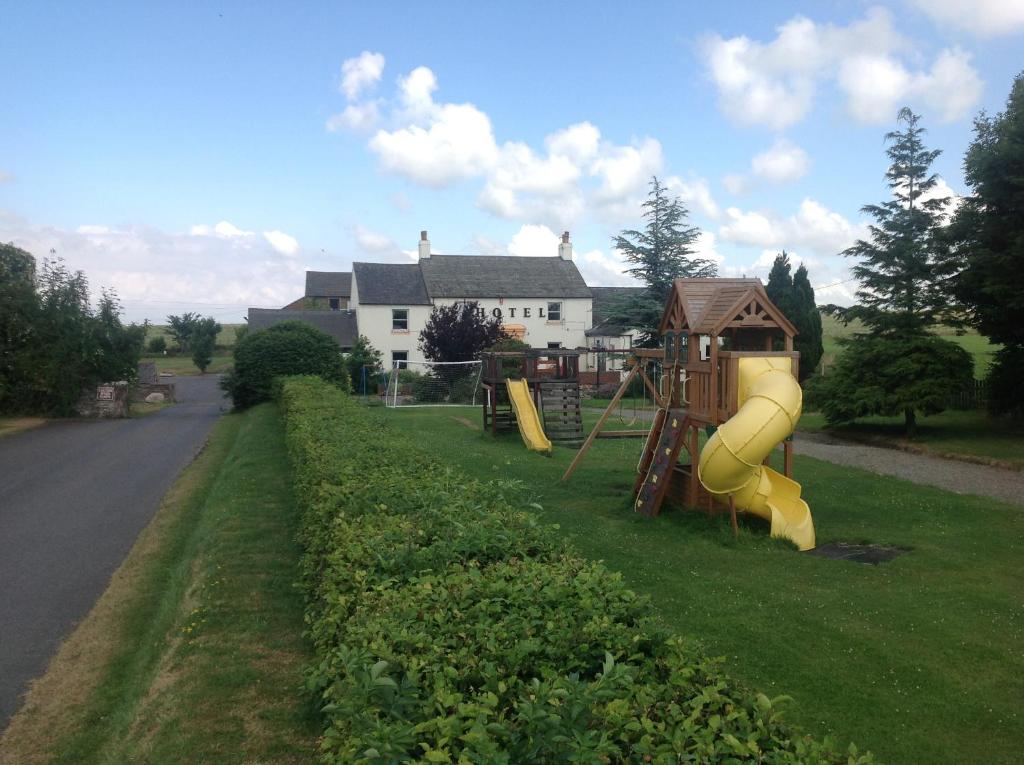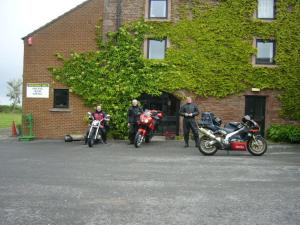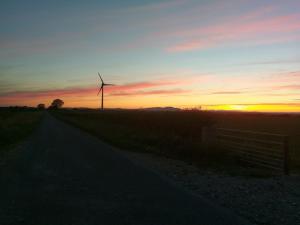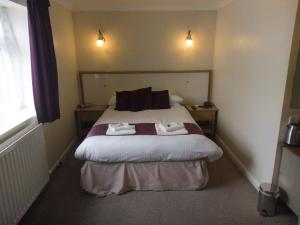Mentioned by Fodor's Choice
Sights in The Lake District
"Cockermouth was the birthplace of William Wordsworth and his sister Dorothy, whose childhood home was this 18th-century town house, carefully…"

"Cockermouth was the birthplace of William Wordsworth and his sister Dorothy, whose childhood home was this 18th-century town house, carefully…"

"It has withstood many sieges, contained a valuable royal prisoner, and been home to the King's Own Royal Border Regiment. Discover the castle's turbulent past in the fascinating family-friendly exhibition. Explore medieval castle rooms as well as 19th century military buildings, and visit Cumbria's Museum of Military Life"
"Of course, it wouldn’t be a summer in Carlisle without a trip to the city’s iconic castle. The city itself has over 2,000 years of history, from Celts and Romans to invading armies and bloody battles. Carlisle castle was built way back in 1092 by William Rufus, and is now in the hands of English Heritage."

"Consecrated as an Augustinian Priory in the 12th century, Carlisle Cathedral is the second-smallest cathedral in England after Oxford. One reason for this is that a big piece of the nave was torn down in the English Civil War to bolster Carlisle Castle. The architecture is Gothic, mostly from the 13th and 14th centuries."


"This old slate mine has been reinvented as a centre for all kinds of activities: you could venture underground into the bowels of the old 'Edge' and 'Kimberley' mines, tackle a via ferrata, or climb inside the mine along a system of fixed cables, tracing the route followed by the slate miners. A tour into the 'Cathedral' mine runs on Friday by request, but you'll need eight people and it costs £25 per person."



"The ruins of Caerlaverock Castle, by Glencaple on a beautiful stretch of the Solway coast, are among the loveliest in Britain. Surrounded by a moat, lawns and stands of trees, the unusual pink-stoned triangular castle looks impregnable. In fact, it fell several times, most famously when it was attacked in 1300 by Edward I: the siege became the subject of an epic poem, ‘The Siege of Caerlaverock’."

"Seven miles east of Caerlaverock Castle, in tiny Ruthwell, a church holds one of Europe’s most important early Christian monuments. The 6m-high 7th-century Ruthwell Cross is carved top to bottom in New Testament scenes and is inscribed with a poem called ‘The Dream of the Rood’; written in a Saxon runic alphabet, it’s considered one of the earliest examples of English-language literature. Bus 79 running between Dumfries and Annan stops in Ruthwell."

"Theatre by the Lake is a year-round professional producing and presenting theatre. The core programme is home-produced professional drama productions,… read more →"

"Seven miles east of Caerlaverock Castle, in tiny Ruthwell, a church holds one of Europe’s most important early Christian monuments. The 6m-high 7th-century Ruthwell Cross is carved top to bottom in New Testament scenes and is inscribed with a poem called ‘The Dream of the Rood’; written in a Saxon runic alphabet, it’s considered one of the earliest examples of English-language literature. Bus 79 running between Dumfries and Annan stops in Ruthwell."


"Seven miles east of Caerlaverock Castle, in tiny Ruthwell, a church holds one of Europe’s most important early Christian monuments. The 6m-high 7th-century Ruthwell Cross is carved top to bottom in New Testament scenes and is inscribed with a poem called ‘The Dream of the Rood’; written in a Saxon runic alphabet, it’s considered one of the earliest examples of English-language literature. Bus 79 running between Dumfries and Annan stops in Ruthwell."


























